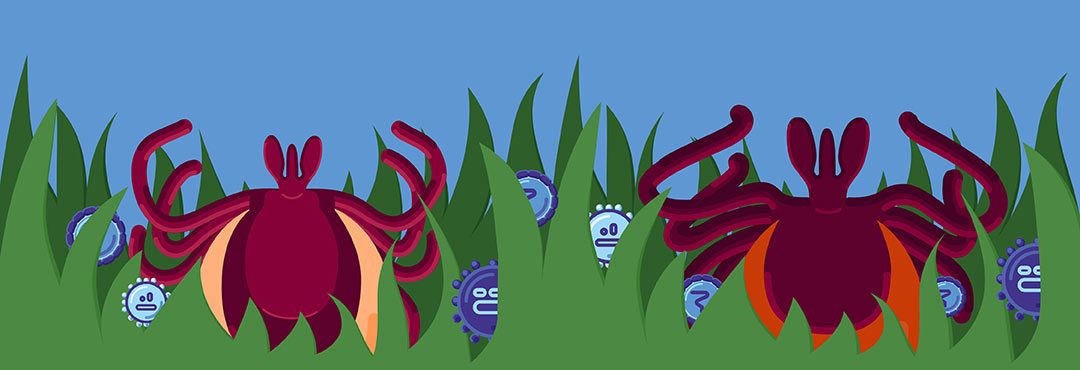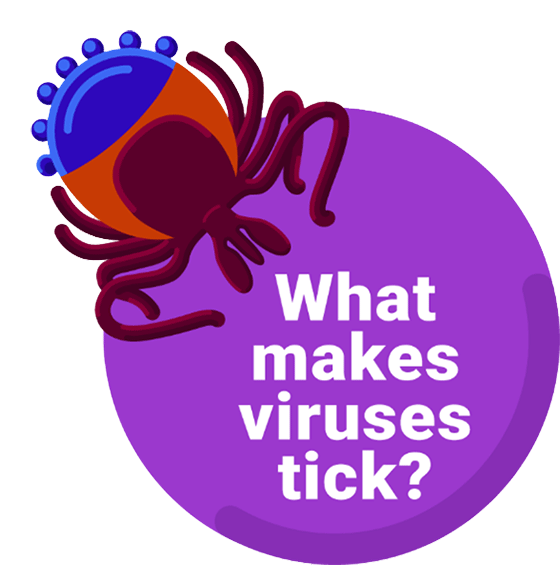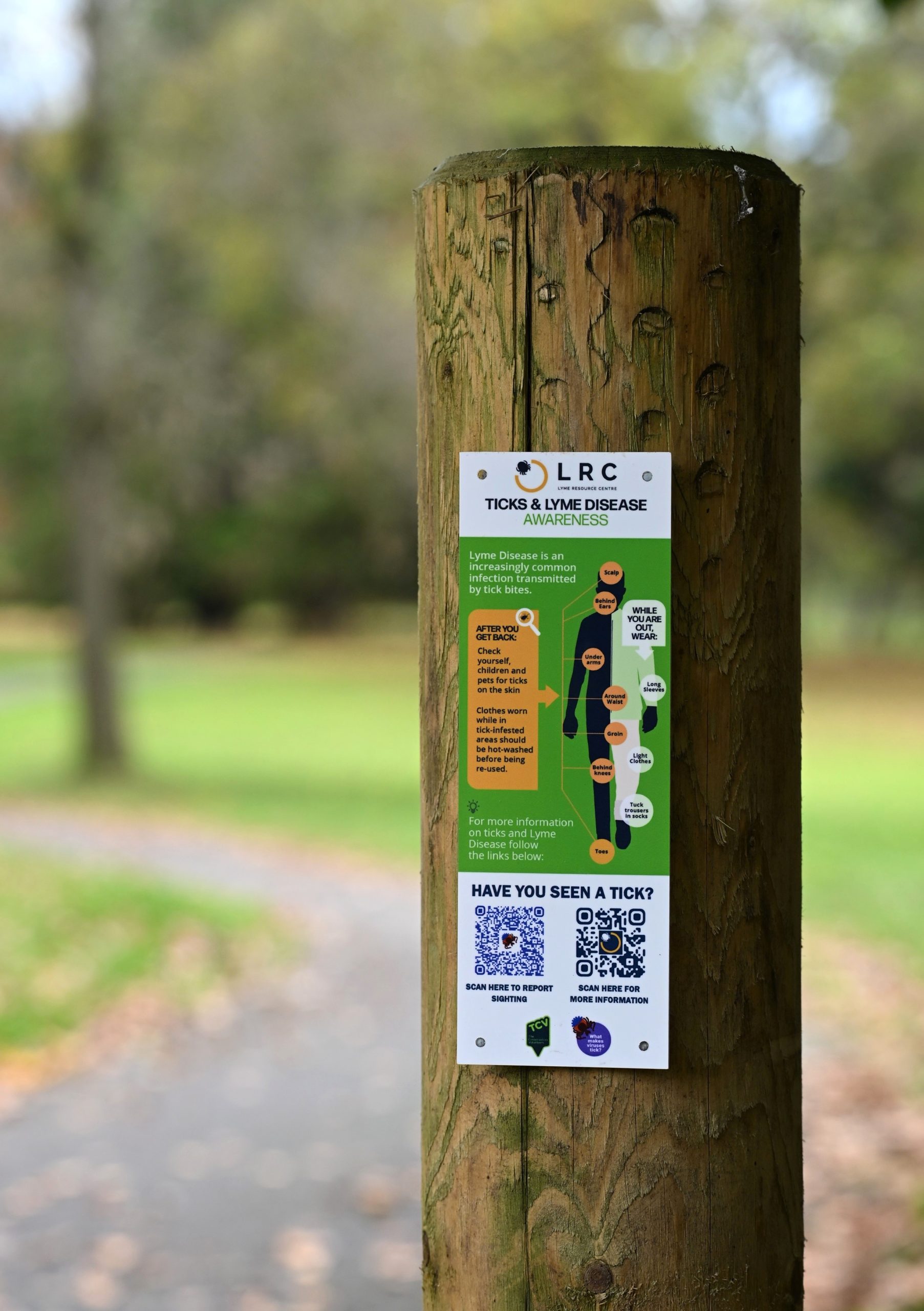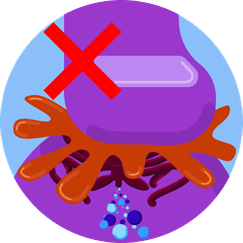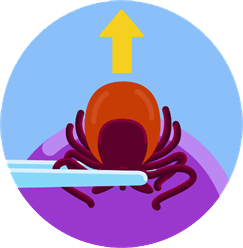Ticks are present throughout the UK, particularly in grassy and wooded areas. Anyone spending time in the outdoors such as hillwalkers, campers, dog walkers and conservationists, should be aware of the presence of ticks and their potential harm.
Climate change may also be impacting tick populations, as the recent mild winters in Scotland may have stopped ticks from dying off meaning more survive through the winter to start biting again in spring.
TCV was a partner in the What Makes Viruses Tick? project, led by the Brennan Lab at the MRC-University of Glasgow Centre for Virus Research. The project encouraged people to report tick ‘sightings and bitings’ on our online tick map. What Makes Viruses Tick? concluded in 2024, but you can still report tick sightings on the tick map, which TCV is continuing to develop with the Lyme Resource Centre (see below)
TCV curates and reports submitted data to create a better understanding of where in Scotland ticks are most encountered by the public.
Whilst the project is mainly concerned with tick sightings in Scotland, sightings from other parts of the UK and the rest of the world are welcome and can be recorded on the tick map, and this data will be shared with our project partners.

